- Have any questions?
- +86-189 8930 5995
- sales@mosinterchem.com.cn
Salicylic Acid CAS 69-72-7

Mannitol CAS 69-65-8
18/12/2018
P-Toluenesulfonamide CAS 70-55-3
18/12/2018| Model: | MOS 69-72-7 |
| Place of Origin: | Shandong,China (Mainland) |
| Brand Name: | MOSINTER |
| CAS No.: | 69-72-7 |
| Density: | 1.44 |
| Melting Point: | 158-161℃ |
| Flashing point: | 157℃ |
| Boiling point: | 211℃ (20 mmHg) |
| Water solubility: | 1.8 g/L (20℃) |
Salicylic Acid (CAS: 69-72-7)
| Item | Index |
| Appearance | Light pink red to light brown crystal powder |
| Content | ≥99% |
| Melting point | ≥156℃ |
| Phenol | ≤0.2% |
| Sulphate | ≤0.5% |
| Moisture | ≤0.5% |
Salicylic acid (from Latin salix, willow tree, from the bark of which the substance used to be obtained) is a monohydroxybenzoic acid, a type of phenolic acid and a beta hydroxy acid. It is derived from the metabolism of salicin. In addition to being an important active metabolite of aspirin (acetylsalicylic acid), which acts in part as a prodrug to salicylic acid, it is probably best known for its use as a key ingredient in topical anti-acne products. The salts and esters of salicylic acid are known as salicylates.
Medicinal and cosmetic uses
Salicylic acid is known for its ability to ease aches and pains and reduce fevers. These medicinal
properties, particularly fever relief, have been known since ancient times, and it is used as an anti-inflammatory drug.
In modern medicine, salicylic acid and its derivatives are used as constituents of some rubefacient
products. For example, methyl salicylate is used as a liniment to soothe joint and muscle pain,
and choline salicylate is used topically to relieve the pain of mouth ulcers.
Cotton pads soaked in salicylic acid can be used to chemicallyexfoliate skin
As with other beta hydroxy acids, salicylic acid is a key ingredient in many skin-care products for the treatment
ofseborrhoeic dermatitis, acne, psoriasis, calluses, corns, keratosis pilaris, acanthosis nigricans, ichthyosis, andwarts.
The standard treatment for calluses is a 6% aspirin suspension in petroleum jelly, applied on the callus for one hour
and then removed with washing. It works as a keratolytic, bacteriostatic and comedolytic agent by causing the cells
of the epidermis to shed more readily, opening clogged pores and neutralizing bacteria within, preventing pores from
clogging up again by constricting pore diameter, and allowing room for new cell growth. Because of its effect on
skin cells, salicylic acid is used in several shampoos to treat dandruff. Use of concentrated solutions of salicylic
acid may cause hyperpigmentation on unpretreated skin for those with darker skin types (Fitzpatrick phototypes
IV, V, VI), as well as with the lack of use of a broad spectrum sunblock.
Bismuth subsalicylate, a salt of bismuth and salicylic acid, is the active ingredient in stomach relief aids such
asPepto-Bismol, is the main ingredient of Kaopectate, and “displays anti-inflammatory action (due to salicylic
acid) and also acts as an antacid and mild antibiotic.”
A 2004 article in New Scientist discussing the controversial idea of treating salicylates as micronutrients, “akin
to vitamins and antioxidants,” suggested that “perhaps in future we might even call salicylate ‘vitamin S’.”
You must be logged in to post a review.

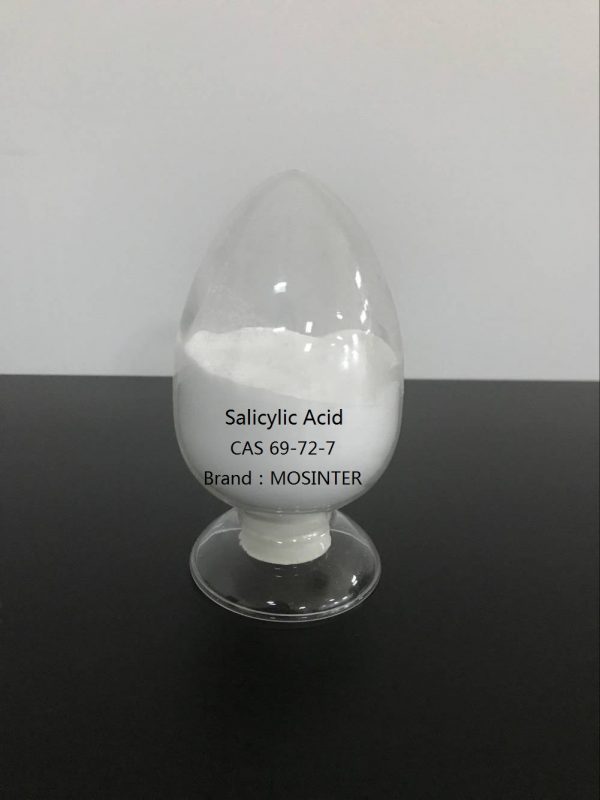
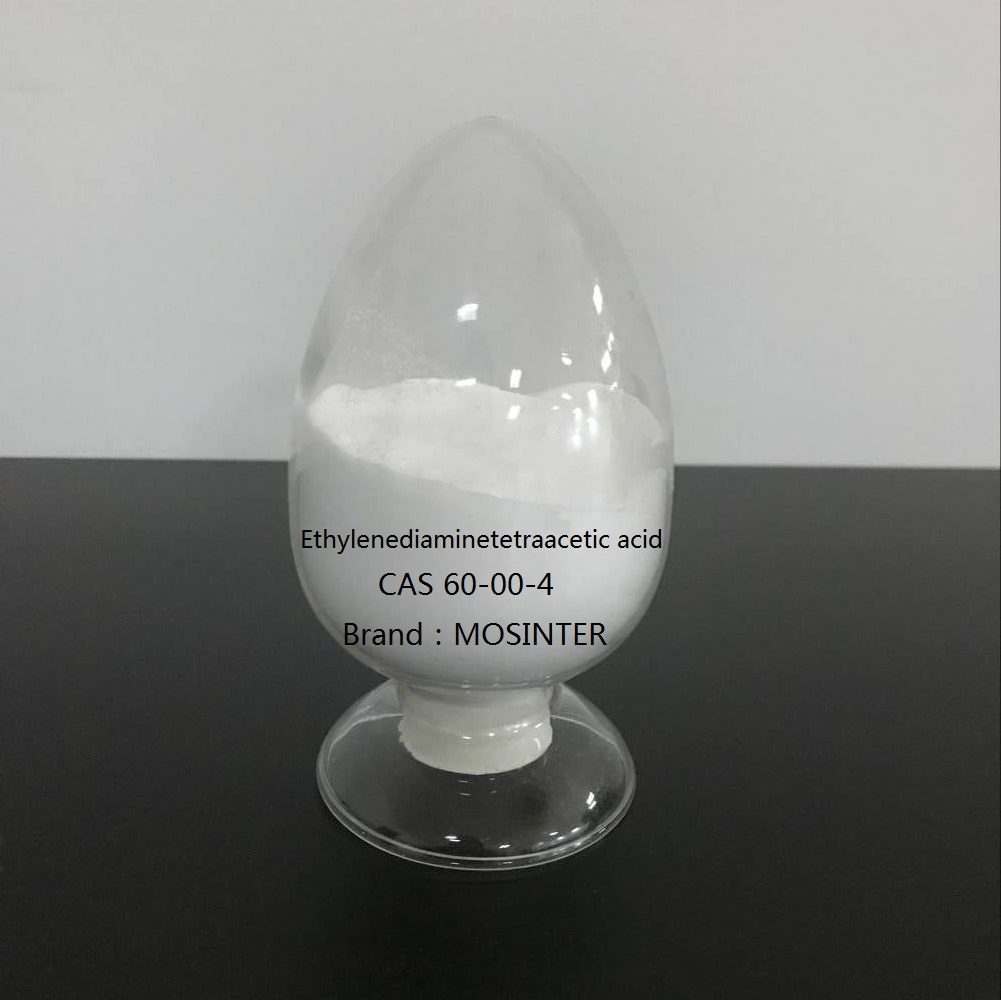
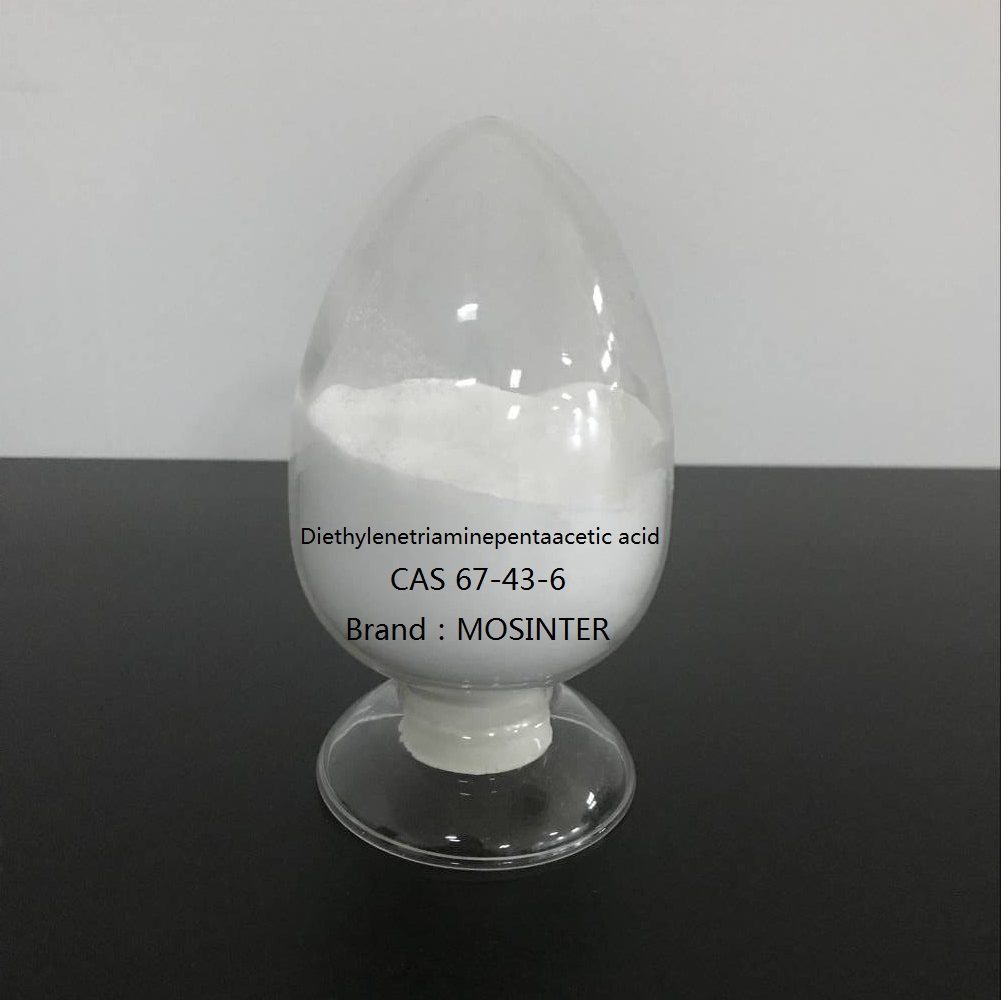
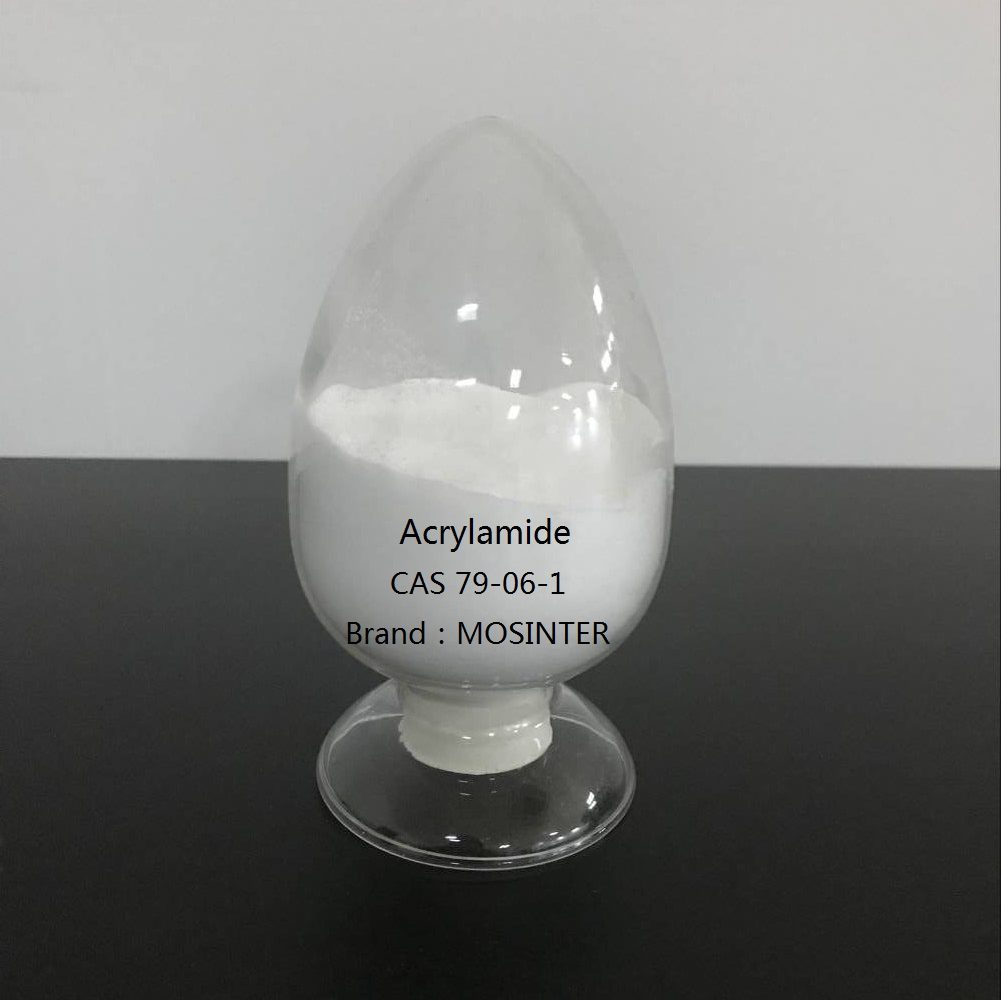
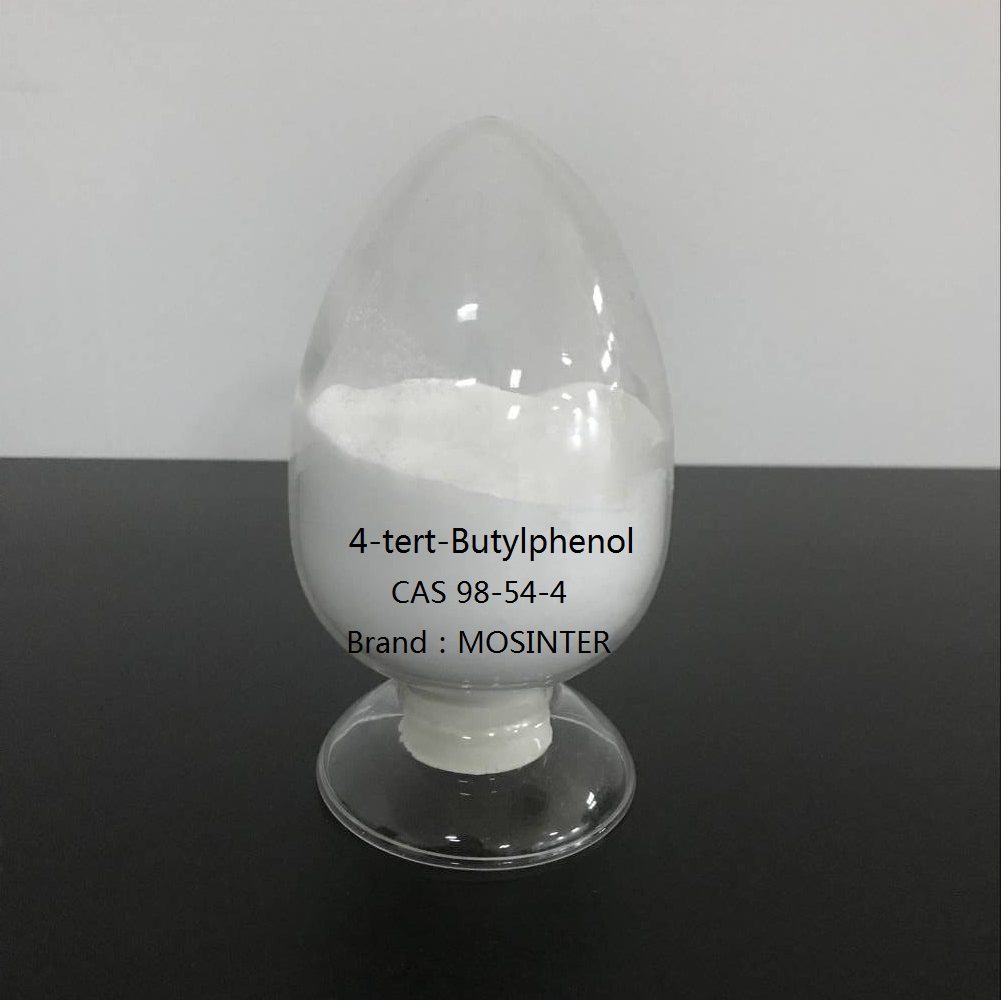
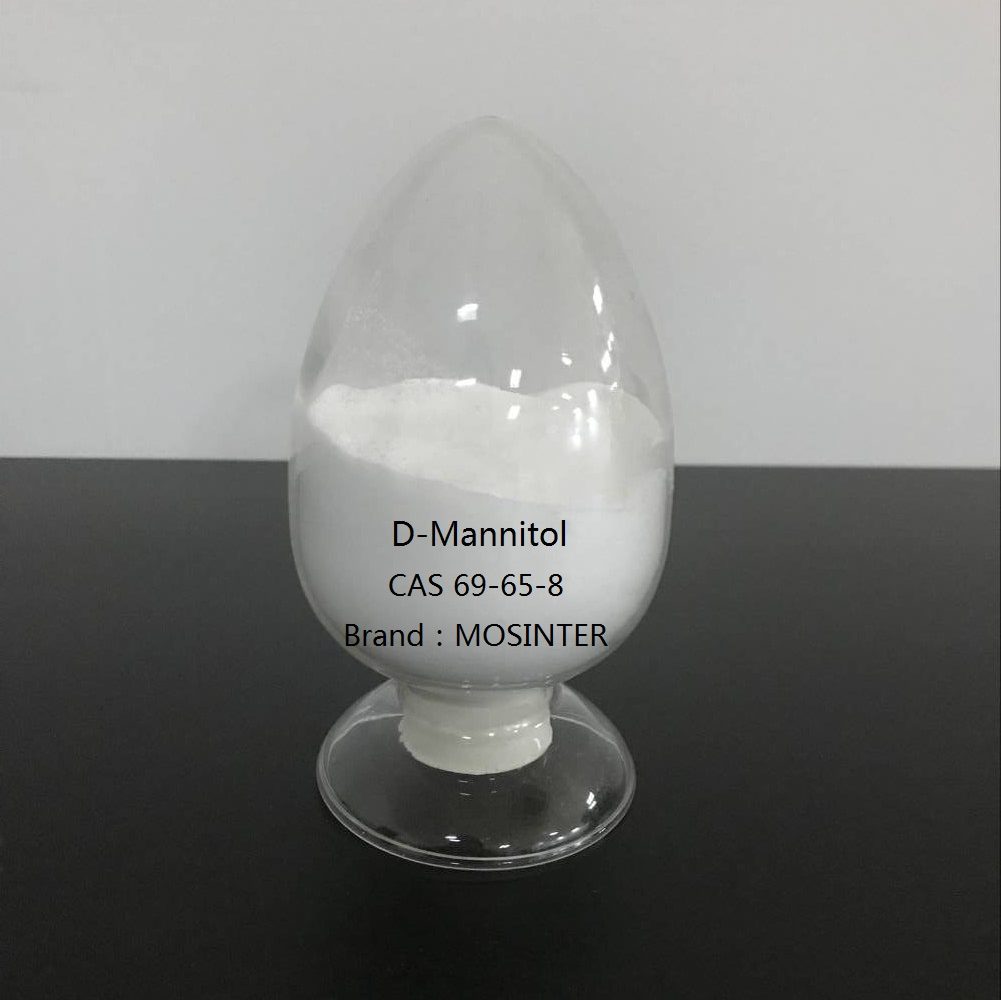
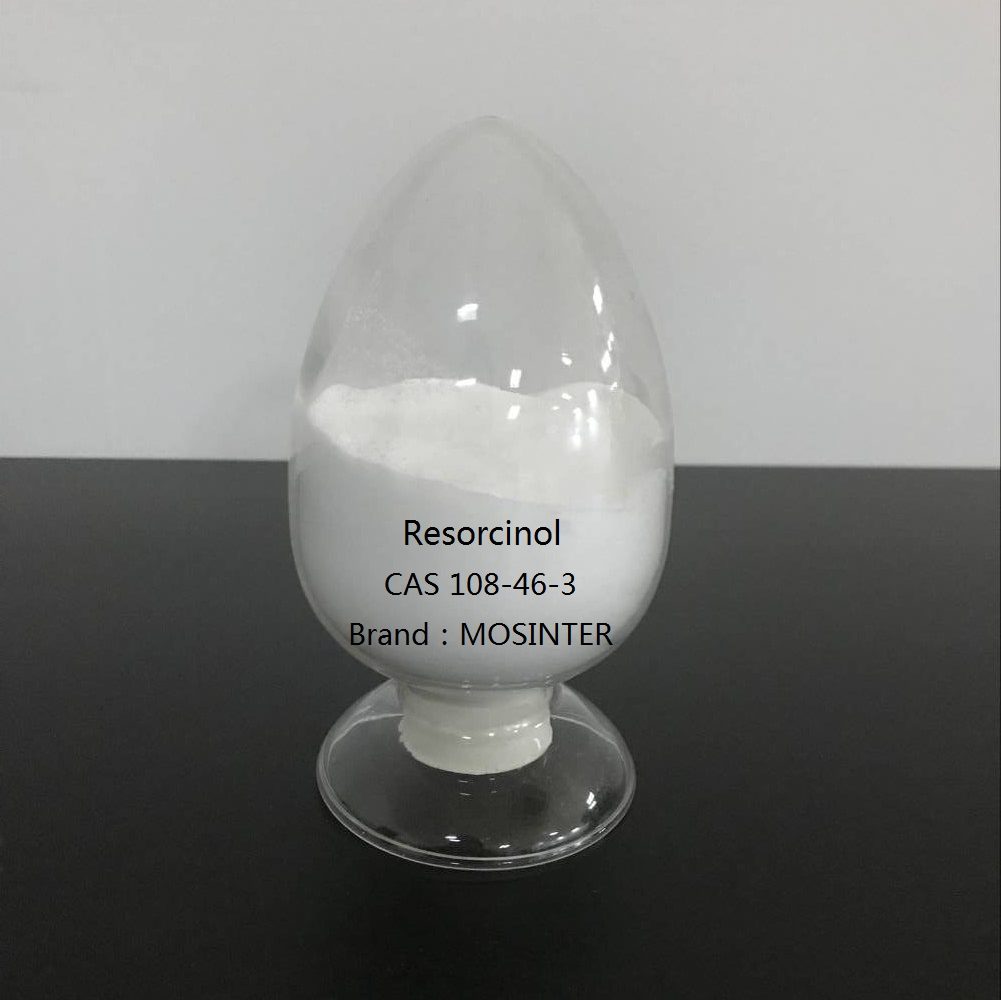
Reviews
There are no reviews yet.